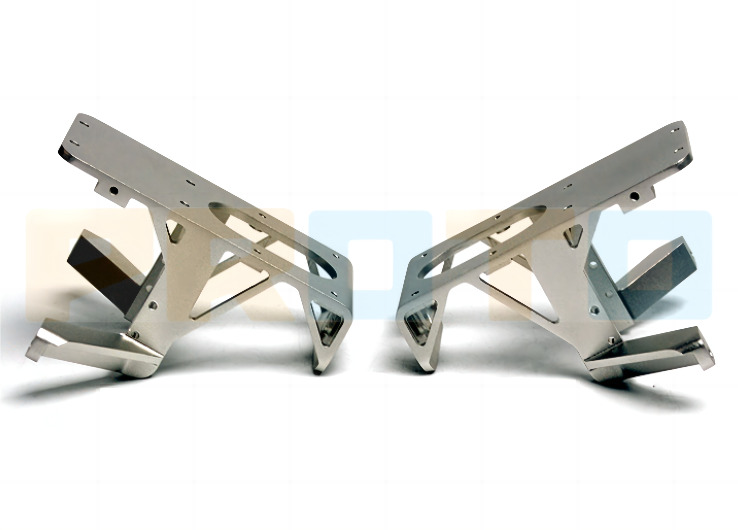The cost of sheet metal parts mainly comes from three aspects: materials, stamping dies and labor costs. Among them, material and stamping die costs account for the main proportion, and cost reduction should start from these two aspects.

1.Shape of sheet metal parts
The shape of the sheet metal parts should be conducive to layout, minimize waste, and improve material utilization. Reasonable sheet metal shape design can result in high material usage and less waste during sheet metal layout, thereby reducing sheet metal material costs. Slightly modifying the shape of the sheet metal can greatly increase the utilization rate of materials, thereby saving the cost of parts.
2.Reduce the overall size of the sheet metal.
The outer size of the sheet metal is one of the main factors that determines the cost of the sheet metal stamping die. The larger the sheet metal outline size, the larger the stamping die size, and the higher the die cost. This becomes more obvious when the stamping die contains multiple sets of stamping process dies.
(1) Avoid long and narrow features on the sheet metal. The long and narrow sheet metal shape not only has low strength of the part, but also causes serious material waste during sheet metal layout. At the same time, the long and narrow sheet metal features increase the size of the stamping die and increase the cost of the die.
2) Avoid sheet metal that unfolds into a “cross” shape. Sheet metal that unfolds into a “cross” shape results in a serious waste of material during layout. It also increases the size of the stamping mold and increases the cost of the mold.
3.Keep the sheet metal shape as simple as possible
Complex sheet metal shapes require complex male and female molds, which increases mold processing costs. The shape of the sheet metal should be as simple as possible
4.Reduce the number of stamping die processes
Stamping dies mainly include two types: engineering dies and continuous dies. An engineering mold for sheet metal parts may include multiple sets of process molds, such as general molds, bending molds, forming molds and burr pressing molds, etc. The more mold processes there are, the more process mold sets there are for the sheet metal mold, and the higher the cost of the stamping mold. The same is true for continuous modes. The cost of the mold is directly proportional to the number of mold processes. Therefore, in order to reduce the cost of the stamping mold, the number of mold processes should be minimized.
a. Reasonably define the bending attachment edge. Unreasonable bending attachment edge will easily increase the bending process.
b. Product design needs to avoid complex bends as much as possible.
c. Product design needs to avoid folding and flattening as much as possible.
d. In addition, burring generally requires a separate burring process die.
5.Reasonably choose the assembly method of parts
Snap ≤ rivets ≤ self-riveting ≤ spot welding ≤ ordinary screws ≤ hand-tightened screws
6.Make rational use of sheet metal structures to reduce the number of parts
Although the stamping manufacturing process does not allow sheet metal parts to have complex structures, within the scope that sheet metal parts can achieve, the sheet metal part structure should be rationally utilized, the parts around the sheet metal parts should be merged, and the number of parts should be reduced, thereby reducing product costs. .
7.Standardization
When designing sheet metal, try to use standard holes, slots, etc., so that standard stamping mold punches and concave molds can be used to reduce mold costs.
When selecting sheet metal materials, choosing sheet metal materials with standard thickness and relatively easy to obtain in the local market can also reduce product costs.
PROTO MFG provides a wide range of manufacturing capabilities and other value-added services for all of your prototyping and production needs. Visit our website to learn more or to request a free, no-obligation quote.